Hunter of Monsters.
Wild Hearts sees you tasked with hunting down monsters called Kemono. These threatening beasts are fused with nature, causing chaos around the land of Azuma. Alongside a variety of weapons, you'll have the ability to craft wooden constructs, weaving them out of the very fabric of nature. While the challenge to dispatch these monsters can be significant, Wild Hearts’ biggest challenge is carving its own identity to stand apart from just being another Monster Hunter clone. Does it succeed? Well, sort of.
Created in partnership with EA, developer Omega Force has previously dipped their toes into the monster-hunting waters before with their PSP/PS Vita series, Toukiden. While that series didn't reach any significant acclaim, it certainly had its passionate fanbase nonetheless. Wild Hearts, for what it is, could be seen as a reboot of that series to capitalize on the popularity of Monster Hunter World and Monster Hunter Rise, the latest two entries of Capcom's Monster Hunter series that did incredibly well for the publisher.
Other monster-hunting games have often changed enough of the formula to be recognized as doing something different than simply just being Monster Hunter. God Eater, Dragon's Dogma, and even Dauntless each had fairly unique takes on the well-traveled formula. Wild Hearts; however, borrows a significant chunk of Capcom's consistently refined Monster Hunter design, so much so that it would be hard to distinguish the two to the average consumer.
That said, Wild Hearts finds its own identity through the use of its Karakuri mechanic, an ability granted to your hunter in the game's opening moments that allows them to summon wooden constructs to add in not only killing these giant beasts but to explore the very world they live in. Think of Karakuri as being like Green Lantern's power ring, but not as world-ending when it comes to its potential. It's an impressive trick when it works, which is fairly often; however, when it doesn't, it amounts to a lot of unneeded frustration.
The narrative built for Wild Hearts casts you as a roaming hunter who encounters a strange man who tells you the history of the Kemono and Karakuri, and how both of these things are intertwined with your own destiny. Eventually, you’ll encounter the young Natsume, a blacksmith who hails from the village of Minato and who is out in the wilds tracking down her friend, an old wounded samurai, Ujishige. Together, you’ll stop all manner of creatures that look to do their village harm, and eventually gain access to Minato and its wealth of additional characters and splendor.
Each and every quest you’ll take on is structured around having to take down one of several Kemono. Currently, at launch, there are around two dozen beasts to fight, with some being alternative versions of existing ones with fresh new looks and a wide range of new attacks. The Kemono range from wild boars to chickens, wolves, tanuki, and porcupines, all large, intimidating, and each deadly in their own way. While Monster Hunter has usually offered up several more across their base editions, with many further issued through DLC, the variety here is still relatively decent, with more to be added to the game at no cost.
While the main focus is taking down the giant Kemono, there are also small Kemono that offer up crating materials that are crucial to building new weapons and armor. These small Kemono are not mission-based and are simply wondering about. It’s also important to know that their material differs depending on the chapter and whether or not you kill or pet them, so keep that in mind when you are hard-pressed for finding a certain material.
The central story itself is nothing we haven’t seen before. You play as an outsider to the village who has a power only known to them through legend and you save their village by defeating a wide range of monsters that threaten their daily lives. What makes the story engaging at all is through the great use of its cast as they are more than just talking heads. Seeing them take part in some of the bigger battles, even as background elements, shows that they want to aid in your efforts, even if they don’t actually join you in the fight.
Wild Hearts has a lot of side quests that have their own cutscenes, voice acting, and set of characters. It’s nice to see this approach as Monster Hunter is somewhat scarce with this level of character interaction or having such a big cast to play around with. While the story, dialogue, and what you are doing predicably still concludes with you simply heading off to kill something, the effort here by Omega Force to make its world and characters engaging is nonetheless greatly appreciated.
Much like Monster Hunter, you’ll head out on expeditions to track down each zone’s respective monsters and kill them to harvest their parts. From claws, bones, tails, and more, you’ll fashion additional weapons and armor to keep you on par with the rising challenge ahead. Eventually, you’ll fashion stronger variations of your older and weaker armor, and each weapon you can wield, from a selection of eight, has a massive tech tree that branches out depending on the type of weapon you want and what abilities you can carry over to the next.
What is great about this tech tree is that you can return a weapon to its base form and you are refunded the parts, allowing you to then take a different branch to find the weapon that suits you better. Each weapon has inherent skills and you can equip several depending on how many slots that weapon has. These skills range from granting increased attack power to boosting your attack when the Karakuri thread has run out. While there are only eight base weapons; each weapon has dozens of alternative versions.
Before you reach chapter two, you’ll be limited in using the Katana, Nodachi, Bow, Maul, and Wagasa. The Nodachi is a massive sword that while slow, packs a considerable punch, whereas the Katana is weaker, but lighting quick. For those who want range, you have the bow, and for up close and personal, the Maul is a massive hammer that is extremely powerful. Lastly, the bladed Wagasa is an umbrella that gives you agile versatility that is fun to experiment around with. Eventually, you can forge the Hand Cannon, Claw Blade, and Karakuri Staff. The Hand Cannon is as advertised, while the Claw Blade and Staff are fast-paced affairs that allow you to attach a long-range tether to your target or split itself into bladed batons, respectively.
Each weapon has combo attacks and special strikes that make them a blast to use, learning the in’s and out’s on how to effectively use them. Honestly, while I mained the katana through the bulk of my roughly 50+ hour playthrough, I found additional favorites in the Staff and Claw, as each of them were incredibly fun to take into battle and felt drastically different in how you approach combat with the likes of the Maul or Bow. The Bow is especially unique as it uses different firing modes to shoot out its arrows, each gaining more power as you use it. It takes a while to master as this bow is unlike any other bow across the genre. In fact, the same can be said about most of the weapons here as they offer up fresh takes on familiar favorites.
The Karakuri itself is quite versatile. You can use its effects in combat, but also to fashion the very camps you can set up across each map. Unlike Monster Hunter, Wild Hearts gives you options on where to set up your camps and what function they serve. While you cannot set down fast-travel camps just anywhere you like, each camp has a finite resource pool through the use of Dragon Pits. Each pit has a different resource that it is flush with and those that it lacks. Camps can contain anything from resource gathering stations, desks, and tables, an armory to craft new gear, cages for your pets, and even a hot bath, allowing you to take a well-deserved rest.
Karakuri can also serve as a means for traversal and mobility, allowing you to set up zip lines and wind tunnels to ensure you can always reach your goal. And, what is very interesting about the Karakuri you can place around in the world, is that much like Death Stranding, all Karakuri you place in your world of someone else's will remain there, benefiting the host unless they remove it. It’s a mechanic that serves a lot of different functions and really makes Wild Hearts stand out, even if other elements do feel all too familiar.
When it comes to combat, the Karakuri can be the most interesting part of Wild Hearts, and it's most frustrating, mainly due to how you summon it in the first place. Karakuri through combat is summoned as a basic element such as boxes, springs, torches, gliders, stakes, and anchors. To create more complex Karakuri, you lay down the basic elements in succession, like a combo string in a fighting game.
However, if you don’t place it down correctly, either by accidentally moving or missing the timing, you end up laying down a series of basic structures instead of the more complex and more powerful options you are naturally wanting. At first, I assumed this was just an issue I was having, but after playing well over a hundred and some battles alongside a sea of randoms, I noticed more than a handful of random constructs placed in such a way where I knew they too were having summoning issues.
Now, when you can pull off these Fusion Karakuri, combat sings in ways where Omega Force has truly tapped into something special here. Creating bombs, bulwarks, and massive harpoon turrets as you are slashing away at your foe is beyond satisfying, especially as a rampaging boar can be stunned and flown into the air should they charge at a bulwark wall, it’s incredible when it happens. The variety of options here continues to grow as you progress deeper into the game, fighting beasts with certain basic Karakuri equipped as inspiration will hit and before you know it, you’ll add another Fusion option to your kit.
How inspiration works is that certain Kemono types will require that you have certain basic Karakuri equipped as you can wield four at any given time. For example, one Fusion Karakuri you will use thousands of times is the Pounder, a spring-loaded mallet that can slam into your target, should you time it just right. To create the Pounder, you’ll first need to fight the Kemono that unlocks it, and when the moment strikes, you’ll press LB to bring up your Karakuri tab, and then lay down three springs with the B button. This timing has to be done standing still, as moving will simply lay down three individual springs. And, since combat is chaotic to all hell, it can be sometimes difficult to stay still while doing so. Once you unlock the Karakuri fusion through inspiration, you then are free to use it practically anywhere.
While pressing the B button three times while holding LB isn’t much, the more complex Karakuri such as the harpoon gun, is BBYBBY. And, if you don’t get the timing right, even while standing still, it is incredibly easy to summon a hodge-podge of springs and stakes instead. And, doing so will not only waste your Karakuri thread, which is easily refilled through a variety of means that I’ll soon get into, but it can leave you vulnerable when you really needed that fusion to work. And, since some enemies can literally one-shot you, it simply adds to the frustration.
Now, as mentioned, getting Karakuri thread to make these constructs is easy enough. You can harvest it from various trees and rocks, and even from landing attacks on the Kemono themselves. And, as you progress, you’ll be able to hold onto more thread at once, allowing you to make several constructs without having to constantly refill your reserves. This is done by leveling up a small wooden round companion called a Tsukumo that aids you on your solo adventure. You can upgrade its attack, defense, and assist forms for helping you in combat, or its threader form which is how you can increase your thread reserves.
As you kill Kemono, you’ll earn Orbs that you can use to work through a specialized tech tree, boosting the resilience of your bulwark walls, to increasing the amount of healing water you can hold, thus allowing you to heal more often without having to traverse the environment looking for healing water plants or tall majestic trees that can have a well outfitted to them. The tech tree here is massive and touches all aspects of anything Karakuri related. While it may seem massive and overwhelming, you earn Orbs at a very fast rate, allowing you to upgrade nearly everything by the time you first reach credits.
Apart from healing water, you’ll use food to increase your defense and health before combat, as well as a wealth of other options. You can eat quite a bit, and customize how you fill your hunger bar. These effects last for quite some time and there are Karakuri you can make that prolong those effects. Eating must be done when out of combat, and like crafting armor at the armory stations you can place in your camps, you can prepare everything you need without having to return to the village, making it conveniently easy to just keep hunting.
By using all the systems available to you, from ensuring your weapons are kitted out, and having your armor in tip-top shape, to having all the best Karakuri equipped, Wild Hearts has a speed and mobility to its combat that reminds me of how Monster Hunter Rise simply felt better to play than World. That said, the use of the Karakuri system in battle is incredibly satisfying, and certain weapons have a fluidity to them that really benefits the fast-paced sensation that I feel this game really executes well on.
Regardless of whatever weapon I was using or the armor that I had equipped, combat constantly remained enjoyable despite several massive spikes in difficulty. While some of the challenge was lessened due to the party members I had in my squad almost powering me through some fights, Wild Hearts is no pushover when it comes to some of the later encounters. This caused me to really take advantage of my Karakuri skills and getting the most out of my gear. While I could fall back on some skills I gained from playing through the Monster Hunter games, it was the Karakuri that often resulted in me getting the upper hand.
I mentioned before that Wild Hearts sort of finds its own identity apart from simply taking much of its vision from Monster Hunter, and the Karakuri is certainly what I mean by that. It offers up something new while also feeling somewhat familiar in what you have access to in the most recent Monster Hunter games. I feel that should Omega Force get a chance at developing a sequel, or a substantial expansion, they could really double down on using the Karakuri to really make it stand even farther apart from what Monster Hunter Rise has delivered with its own takes on rapid mobility and its companion animals.
Now, while I’ve been very glowing about Wild Hearts, I do have one major criticism of the game that I feel needs to be addressed. Playing Wild Hearts as a solo experience is simply not anywhere near as fun as taking the game in with other players. Combat and survivability are dramatically more engaging with even one additional player. You can play through every single mission, side quest, and Kemono hunt with up to two other players, and frankly, that is how Wild Hearts is meant to be played and should be. Your little wooden companion is a nice idea but fails at replicating how it feels having another hunter alongside you, especially as your Tsukumo cannot revive you and often only proves to be useful when the Kemono is focused on it and not you.
Wild Hearts has a very robust online system to find the hunts you want, the story missions you need, and more. While some monsters need to be unlocked in the story or through side quests to be able to search for them, it is possible to find help or to offer aid to anyone at any point in the story. In fact, there are so many different systems and outlets that really illustrate that Omega Force designed this game with co-op in mind. While joining a player who is way ahead of you isn’t viable, as your progress won’t save due to where you are in the story, joining your friends and random players at the point in the game where you are is very easy to do and makes this game absolutely incredible at times.
Now, regardless of having another player join you, or how satisfying several elements of the game are, I had a few issues that really affected my time here, almost souring it in some cases. First, in multiplayer, if you are downed, players have a few seconds to revive you. However, and it's not explained anywhere, sometimes that timer fades out in about two seconds. Often, the timer is around ten to fifteen, giving you ample time to run to your downed ally. This speedy issue of your timer being spent in less than two seconds can cause some hunts to end drastically fast, especially since you only have three lives on a hunt shared between the whole team.
Second, the camera can be a huge problem if you are fighting near any walls or parts of the environment, often zooming in so close that you cannot see anything around you. The same is when you are behind walls or your bulwarks as the game will only make your immediate surroundings transparent instead of the whole wall or object. This causes many cheap hits when you don't have the peripheral to even see what you are doing. There is also a katana attack that results in the camera not remaining locked on the Monster and instead focuses on how "cool" your slice is. Let's just say I've been hit a few dozen times due to not being able to see the monster behind me after pulling off such a maneuver.
There has been a lot of talk about the visuals and performance issues in Wild Hearts, and while I feel that Monster Hunter World and Rise do outpace it in certain ways, I don’t find Wild Hearts to be a bad-looking game whatsoever. There are some visual bugs or effects that are disappointing, such as flickering water or the snow effects in the last big zone making it look like your screen is nothing but static, but nothing here looks bad in any real way. Environments and people look great, and while there is a softness to its texture work, the game features some really impressive locations and monsters, all colorful and wonderfully animated.
When it comes to Performance, I can only speak to the Xbox Series X console. Personally, I never had a single crash or issue with the game running, even when laying down eight consecutive pounders on a Kemono with two other players. It was madness and the game didn’t skip a beat. That said, let’s get into the raw data of what EA and Omega Force have officially put out there with what you can expect on consoles and PC.
Each comes standard with resolution and performance modes. Resolution mode runs the game at 4K, whereas the performance mode drops the resolution down to 1080P. The Xbox Series S; however, only has a single graphics option, locking the game at 1080P. Resolution mode hits 30fps on the PS5 and Series X, with reports indicating that the PS5 version offers a more stable performance due to the game's current optimization, but that could change with an upcoming patch.
Performance mode targets 60FPS, with the PS5 also showing a slight edge as of this writing. Loading times are varied as well with the Series S at 1080P loading the fastest, then the PS5, then the Series X. This also may be due to optimization of the game's assets as the Series X version seems to have the biggest install size with regards to having a 4K option which the Series S lacks. The PC version has also shown a laundry list of issues with the game not running well regardless of your setup. While most of these issues will be eventually ironed out, it's hard to say when these issues will be resolved.
While much of Wild Hearts owes its gameplay to the refinement that Monster Hunter has done over the last twenty years, it builds upon the formula with a very engaging system with its Karakuri. Its use in combat is truly fantastic when it works, and future sequels could refine it even more, giving us deeper variety and further systems to really make Wild Hearts stand apart as something unique. As it is, Wild Hearts is a great companion game to Monster Hunter, offering a familiar and yet inventive take on the formula that is vastly enjoyable and offers a considerable challenge if you are up for it.
Developer - Omega Force / Koei Tecmo Games. Publisher - EA / EA Originals. Released - February 16th, 2023. Available On - Xbox Series X/S, PlayStation 5, Windows. Rated - (T) Use of Alcohol, Violence. Platform Reviewed - Xbox Series X. Review Access - A review code was provided by the publisher for the purpose of this review.


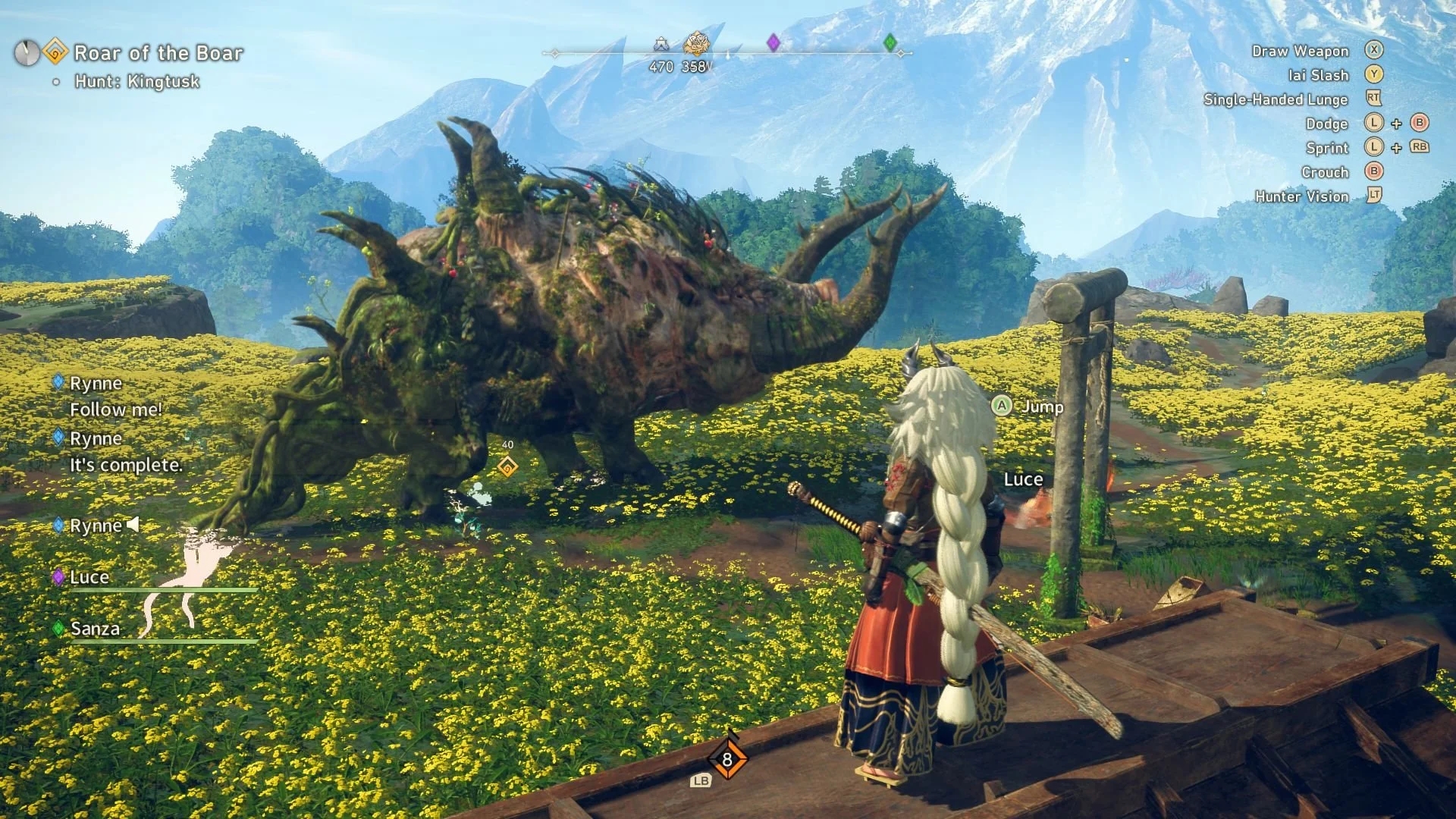
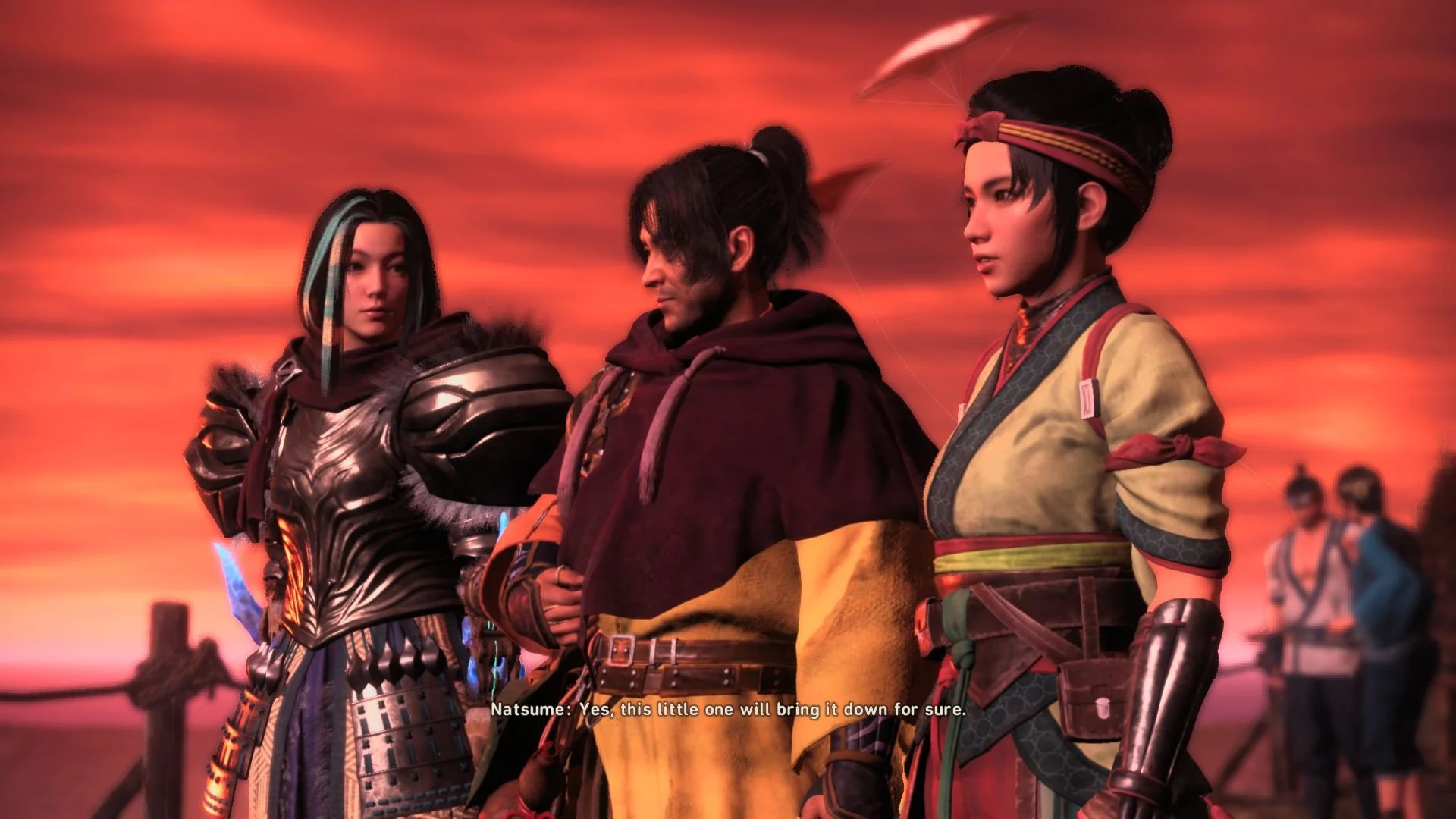

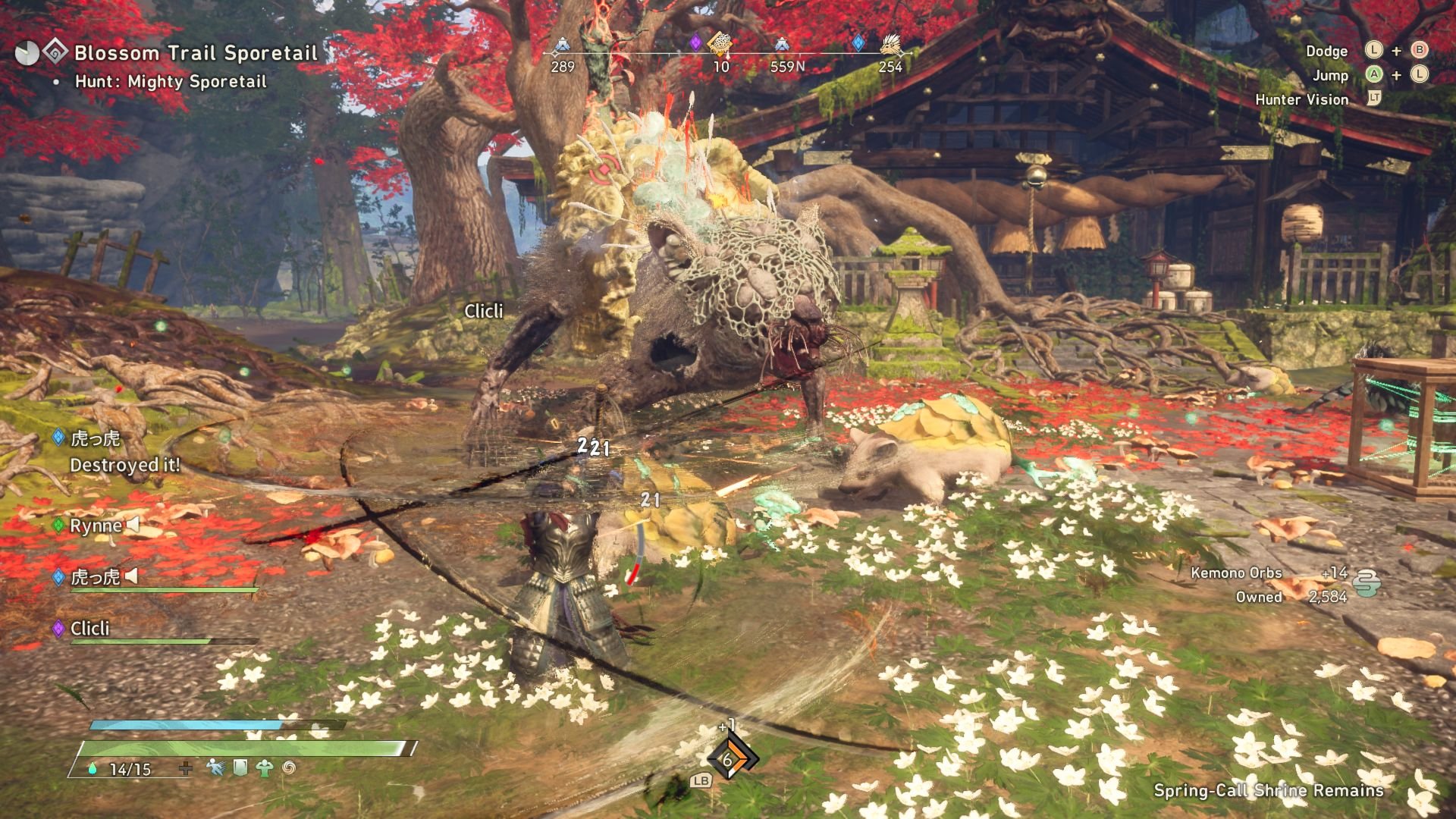
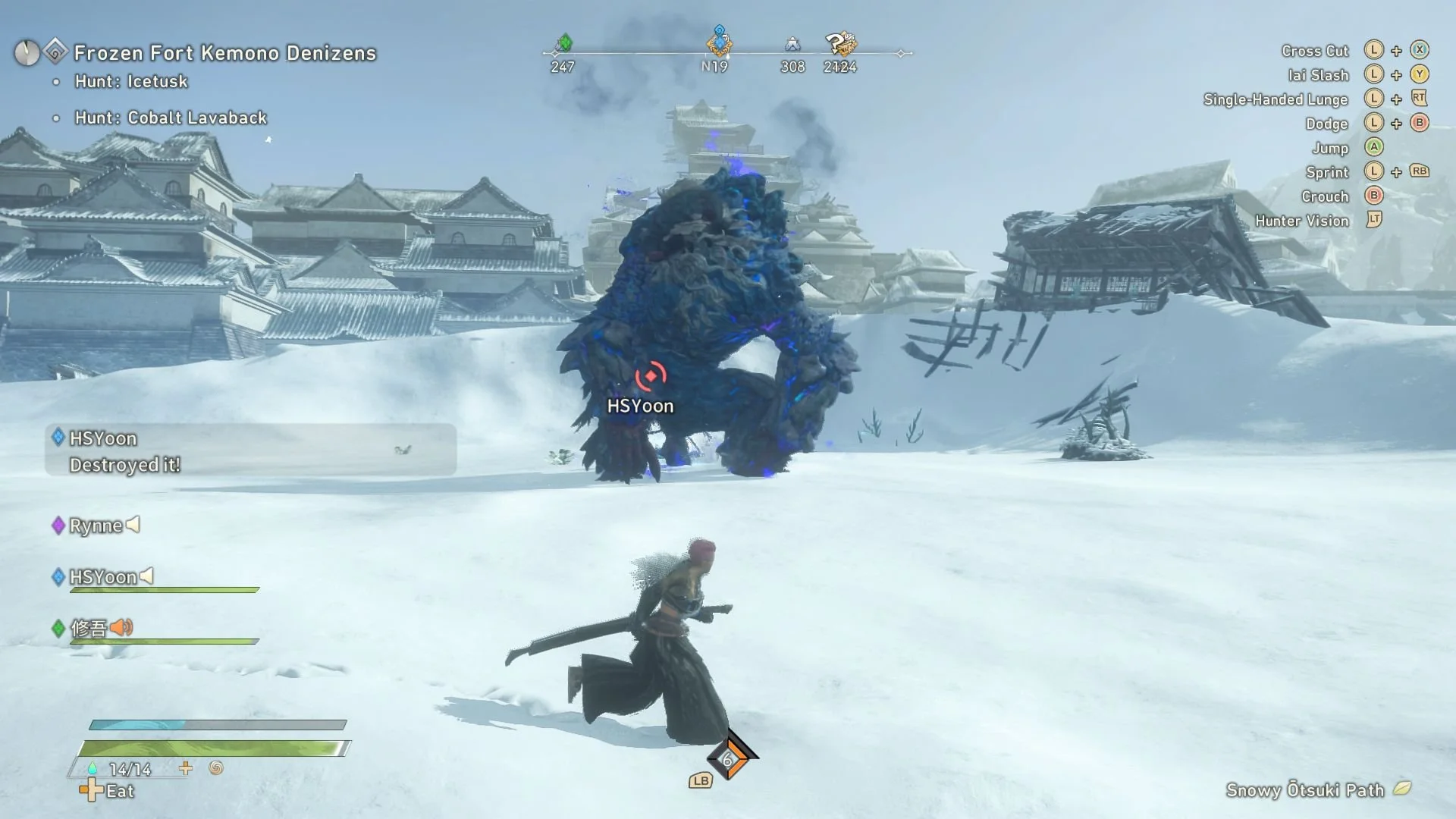

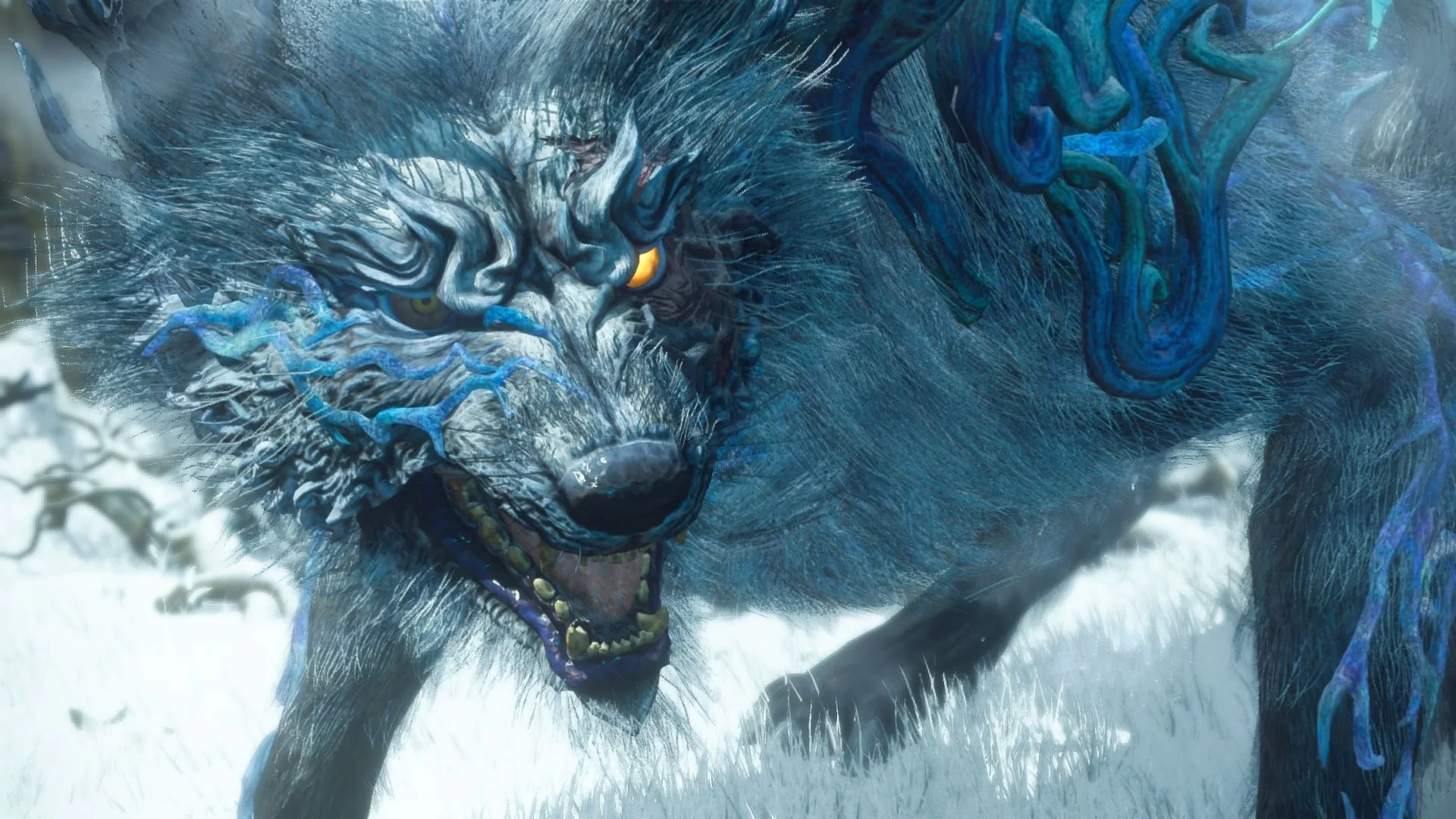
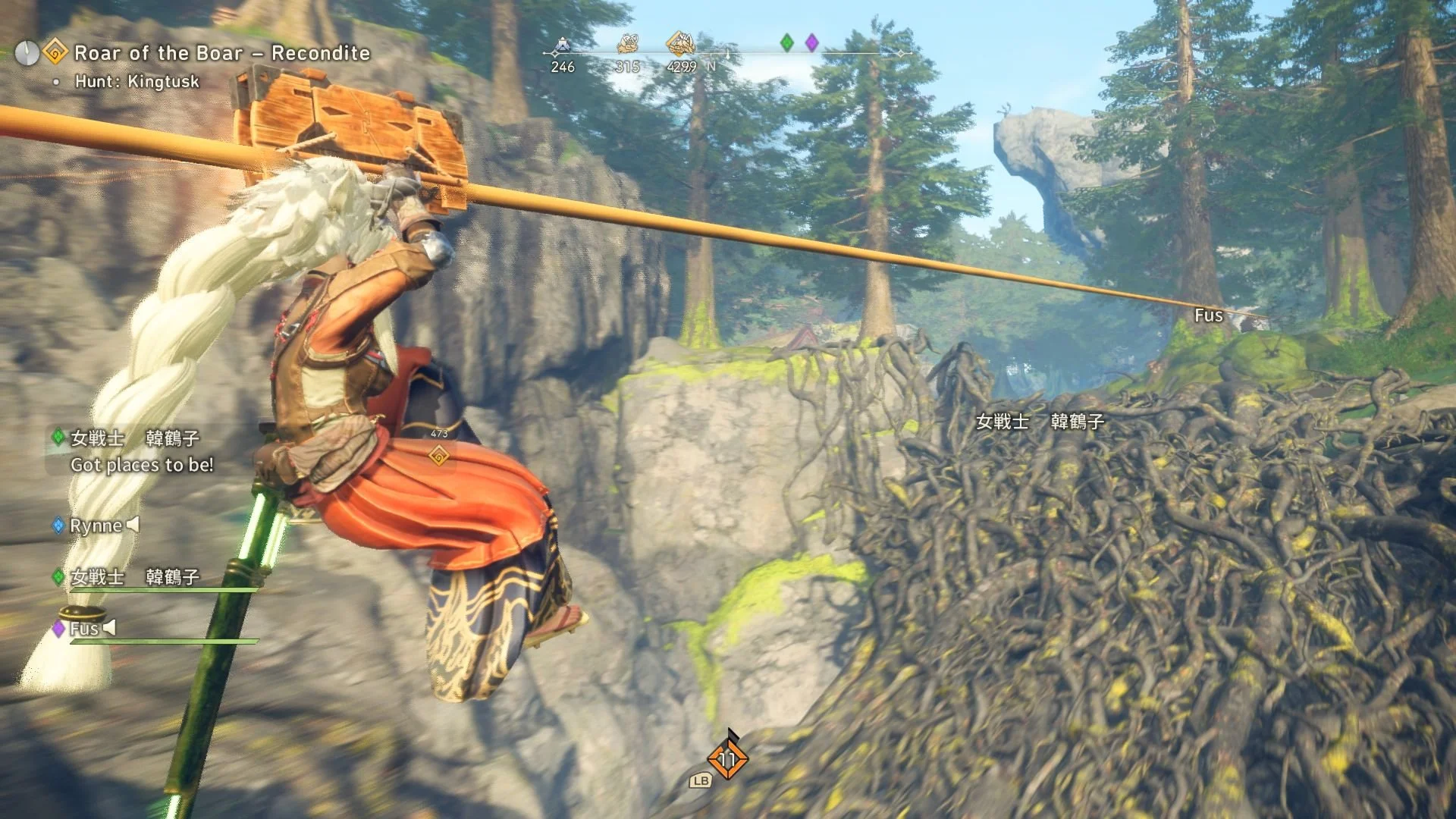
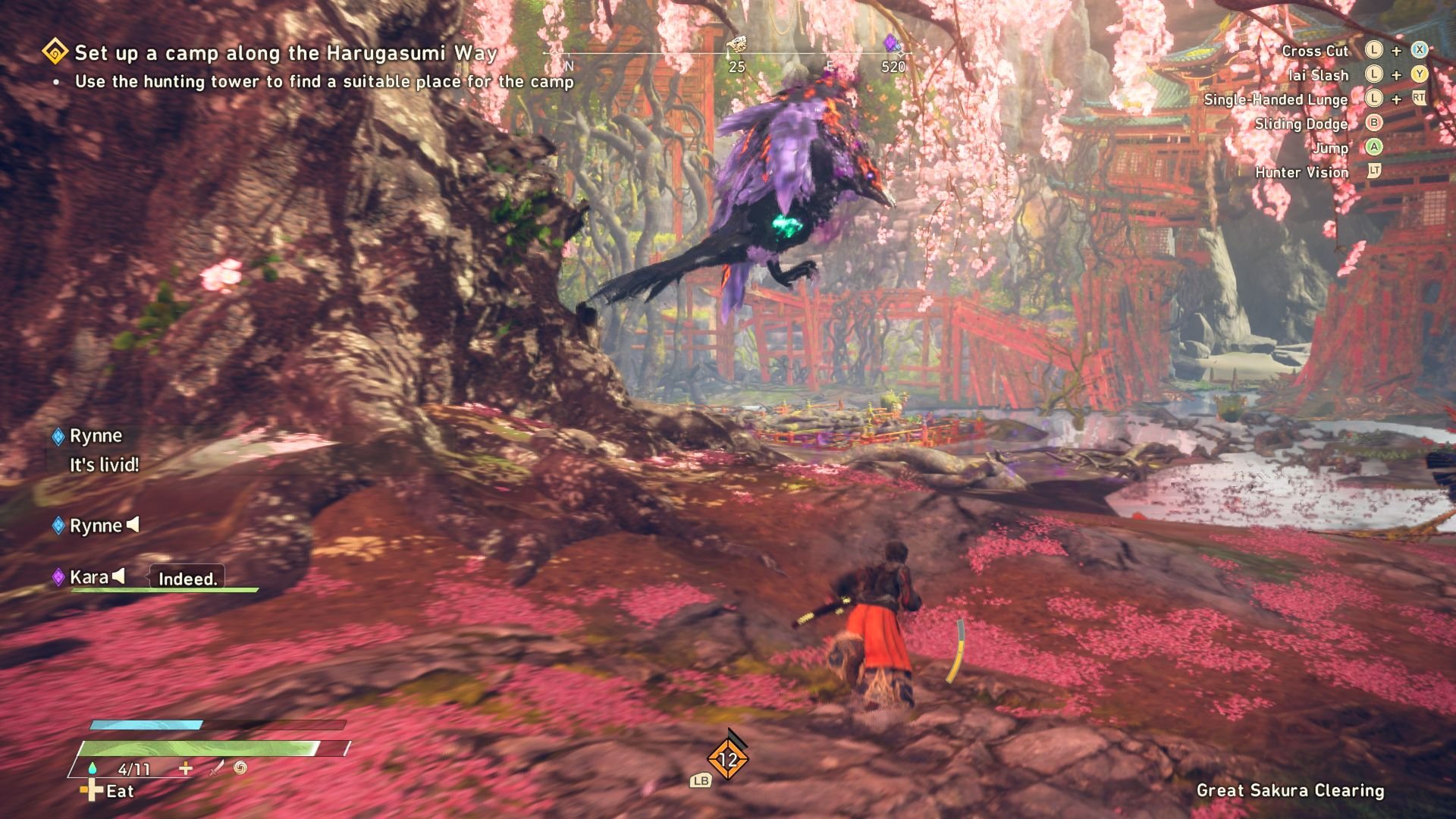


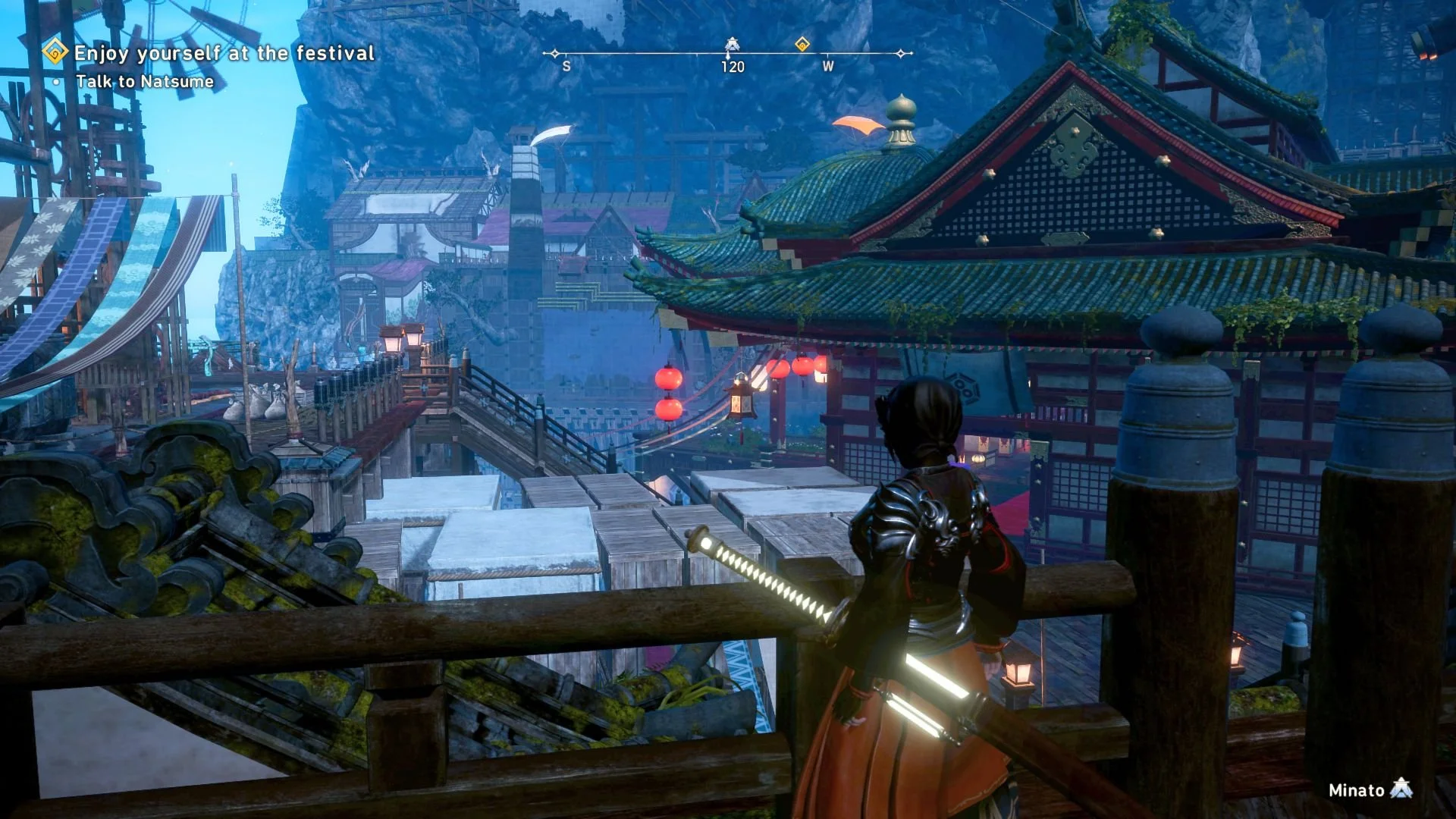
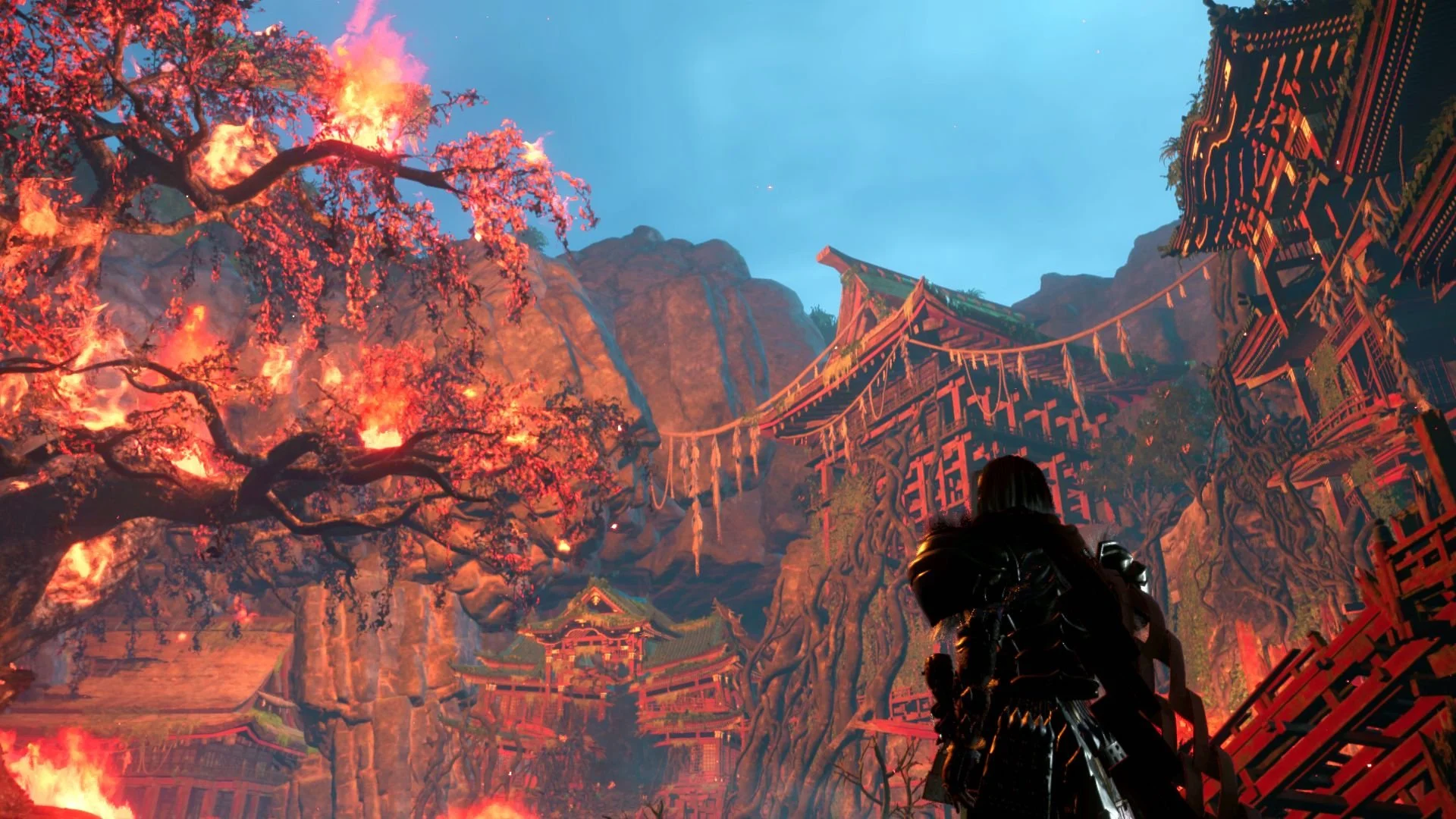
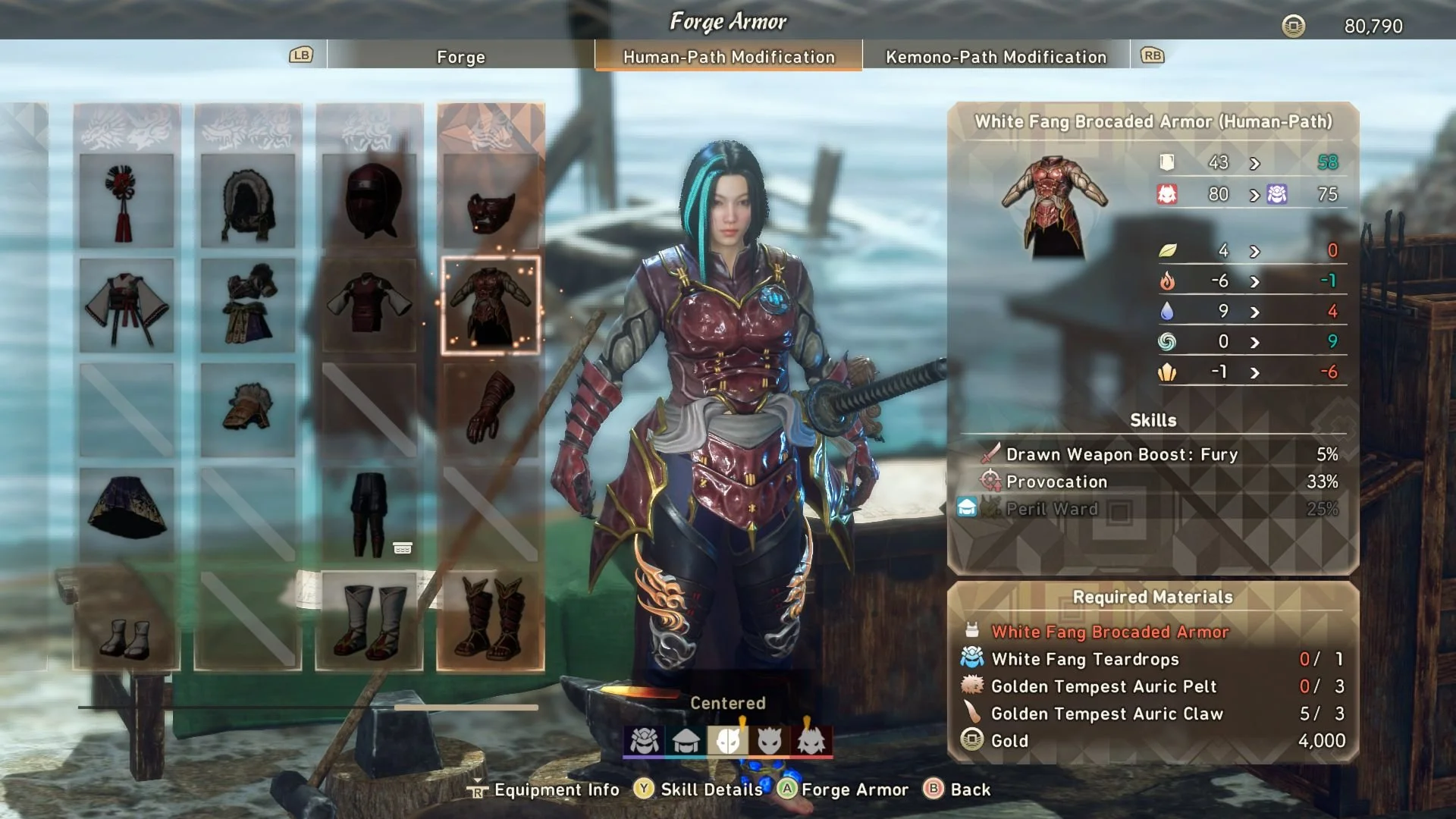
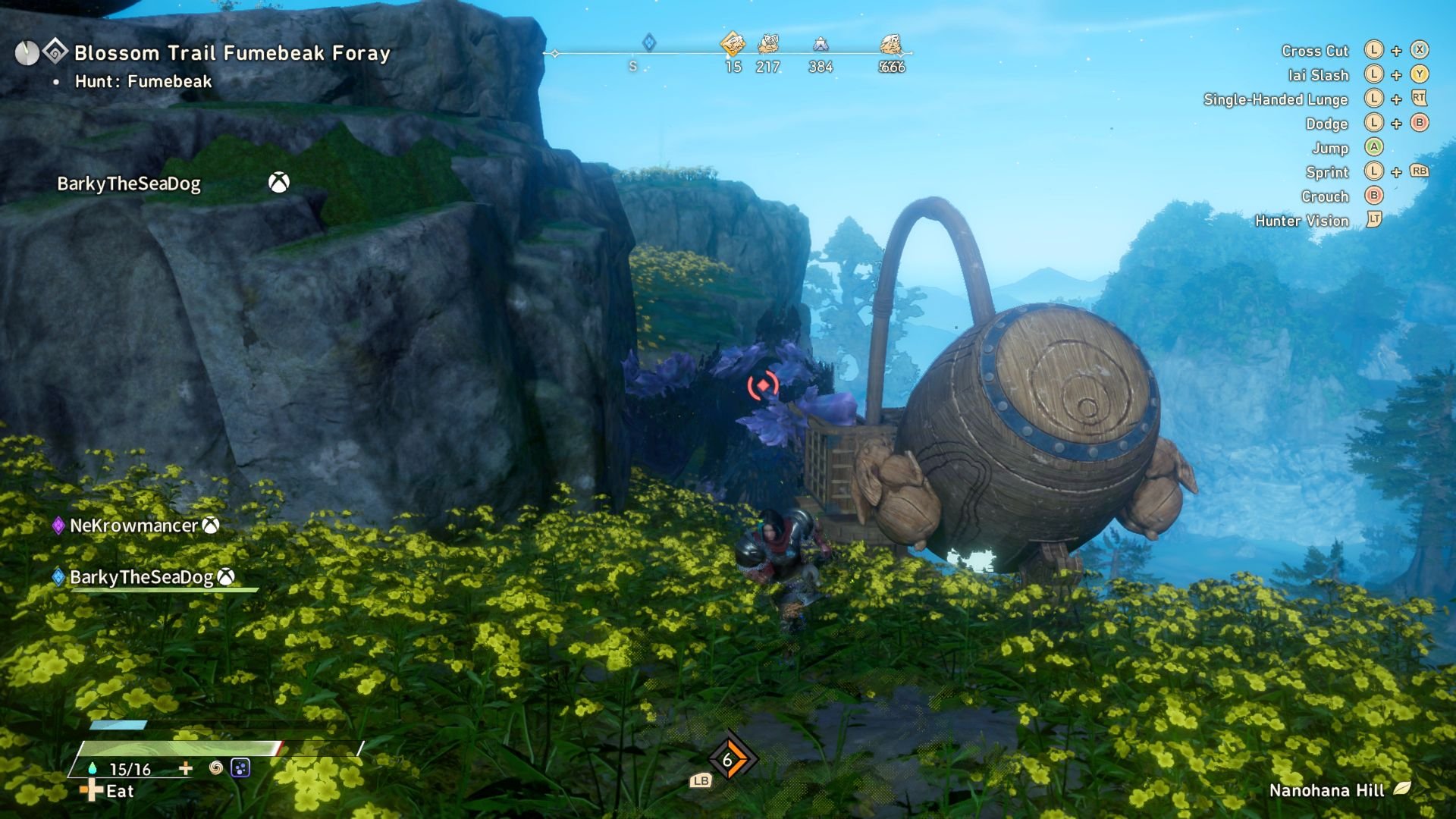

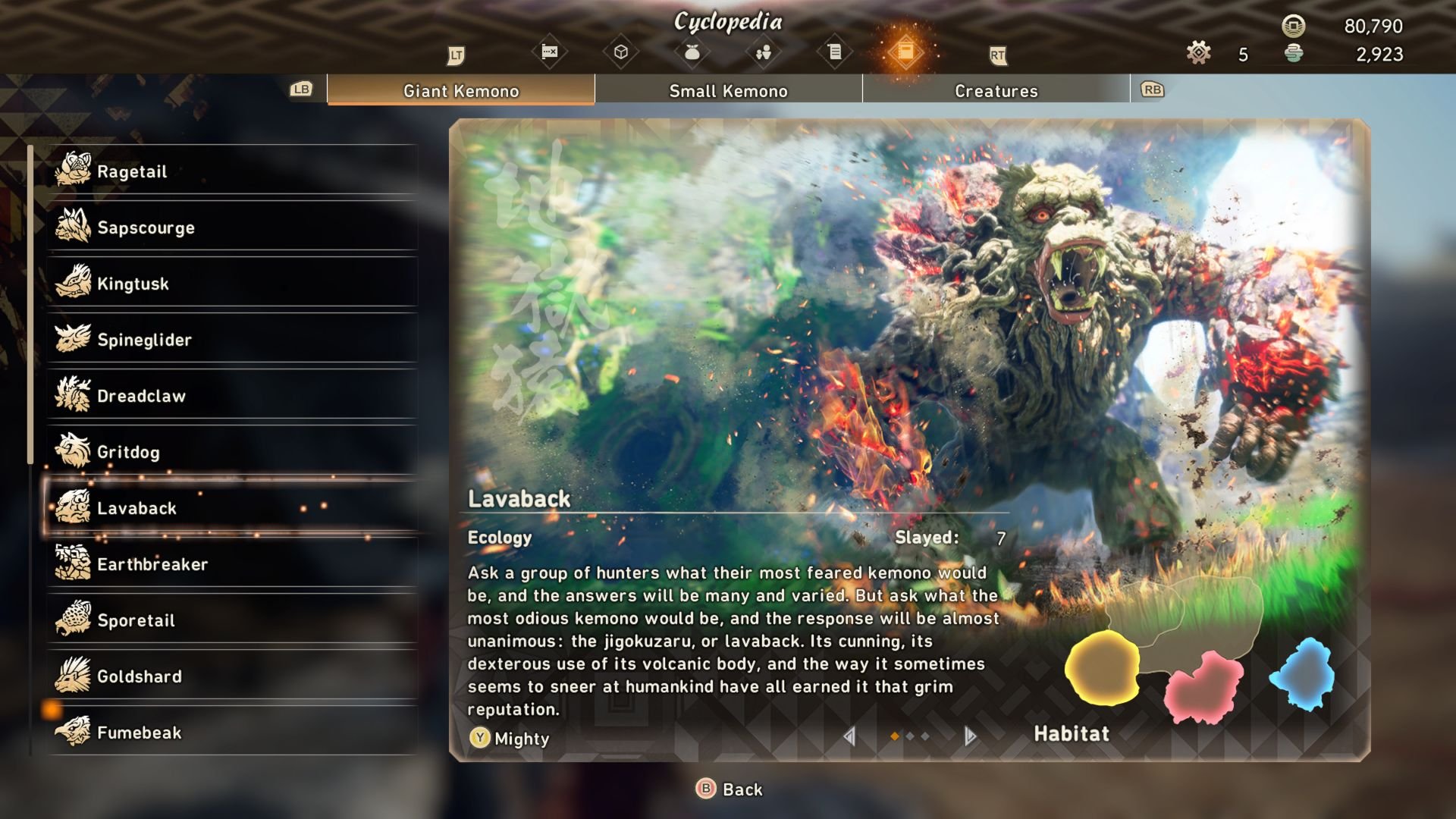

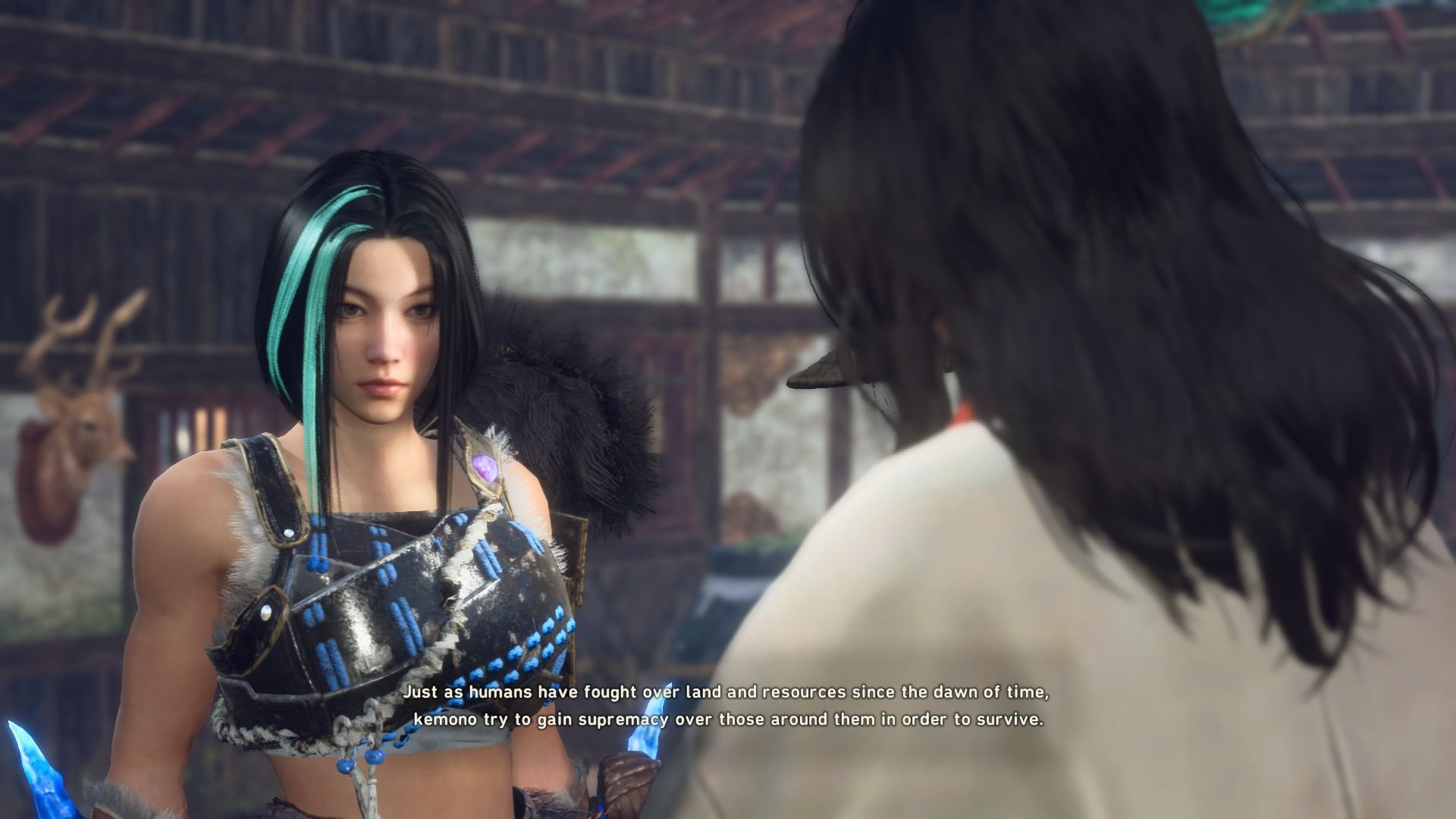





Jeff is the original founder of Analog Stick Gaming. His favorite games include The Witcher III, the Mass Effect Trilogy, Hi-Fi Rush, Stellar Blade, Hellbade: Senua’s Sacrifice, and the Legend of Heroes series, especially Trails of Cold Steel III & IV.